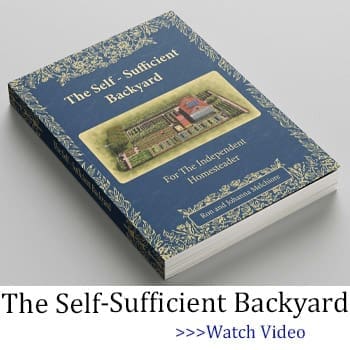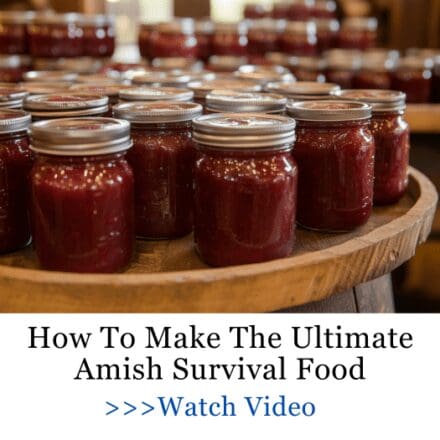Tomatoes have long been called the jewels of summer, bursting with flavor and rich in vitamins. But their season is short, and once the weather cools, that fresh taste fades fast. Drying tomatoes is one of the oldest and most effective ways to preserve their sweetness and nutrition for months ahead. Sun drying is especially rewarding because it uses nothing but nature’s warmth and patience to create a flavorful, shelf-stable ingredient.
Why Dry Tomatoes
Sun drying concentrates everything that makes tomatoes wonderful. The flavor becomes more intense, almost smoky, and the texture turns chewy yet tender. Nutrients like lycopene, vitamin C, and antioxidants remain in high amounts, offering a powerful health boost long after the harvest ends.
Dried tomatoes can be stored easily and used year-round in soups, pastas, breads, or as a topping for meats and vegetables. For self-sufficient gardeners, this simple process is a way to reduce waste, preserve surplus crops, and rely less on store-bought products packed with preservatives and salt.
Choosing the Right Tomatoes
Not every tomato variety dries well. Plum or paste tomatoes such as Roma, San Marzano, or Amish Paste are the top choices because of their dense flesh and low moisture content. Their firm texture means faster drying and more flavor.
Pick tomatoes that are ripe but not overripe. Soft or bruised tomatoes may spoil before drying completely. Wash them gently, remove stems, and slice them in half lengthwise. You can scoop out some seeds if you prefer a cleaner texture, but leaving them in will not affect drying quality.
Preparing Tomatoes for Drying
Before sun drying, you can improve texture and prevent spoilage with a simple salt treatment. Sprinkle the cut sides lightly with sea salt. This draws out excess moisture and deters bacteria. Some traditional methods also use a quick dip in vinegar for added preservation, especially in humid climates.
Place the tomatoes skin-side down on drying trays or wire racks. Avoid metal that may react with acid; stainless steel or wooden frames lined with cheesecloth work best. Keep them in a single layer with space between each piece for air circulation.
Related: These Plants Are Killing Your Tomatoes
Sun Drying the Traditional Way
To sun dry tomatoes, choose several days of dry, hot weather with temperatures above 85°F (30°C) and low humidity. Cover the trays with thin mesh or cheesecloth to keep insects away while still allowing sunlight and airflow. Bring the trays indoors at night to prevent dew from rehydrating them.
Depending on the weather, the drying process may take 4 to 10 days. Turn the tomatoes occasionally to ensure even drying. They are ready when they are leathery, flexible, and no longer sticky. If they are brittle, they have dried too much, but they can still be rehydrated before use.
Oven or Dehydrator Alternatives
If the climate is too humid for sun drying, you can still achieve similar results with an oven or food dehydrator. Set your oven to its lowest temperature (around 140°F or 60°C) and leave the door slightly open to allow moisture to escape. A dehydrator offers better control and consistent airflow.
Even with these modern tools, the spirit of traditional drying remains the same: slow, patient preservation that captures the sun’s warmth in every bite.
Storing Your Dried Tomatoes
Once fully dried, let the tomatoes cool completely before storage. Place them in airtight jars or vacuum-sealed bags, away from light and moisture. Stored in a cool pantry, they can last up to a year. For even longer preservation, pack them in olive oil with herbs like rosemary, thyme, or garlic. This not only extends their life but also infuses the oil with incredible flavor for cooking.
Related: No Seeds Needed! How to Grow Tomatoes from a Single Slice
Using Sun Dried Tomatoes
Rehydrating sun dried tomatoes is simple. Soak them in warm water or broth for about 20 minutes until they soften. You can also add them directly to stews, sauces, or baked dishes where they will rehydrate naturally as they cook.
Their concentrated flavor enhances pasta, bread, salads, and spreads. Finely chopped sun dried tomatoes mixed with olive oil and basil make a delicious topping for crusty bread or roasted vegetables.
Final Thoughts
Making sun dried tomatoes connects you with a tradition that dates back thousands of years, when people relied on sunlight and skill to preserve food. It is a simple reminder that with patience and natural methods, you can extend the bounty of your garden well into the colder months.
If you are passionate about rediscovering herbal and natural remedies, explore The Forgotten Home Apothecary. It is filled with time-tested ways to preserve, heal, and live in harmony with nature — just as our ancestors once did.
The Herbs You Need to Keep Close During Dark Times (Video)
How I Saved $400 a Year by Harvesting My Garden Seeds














